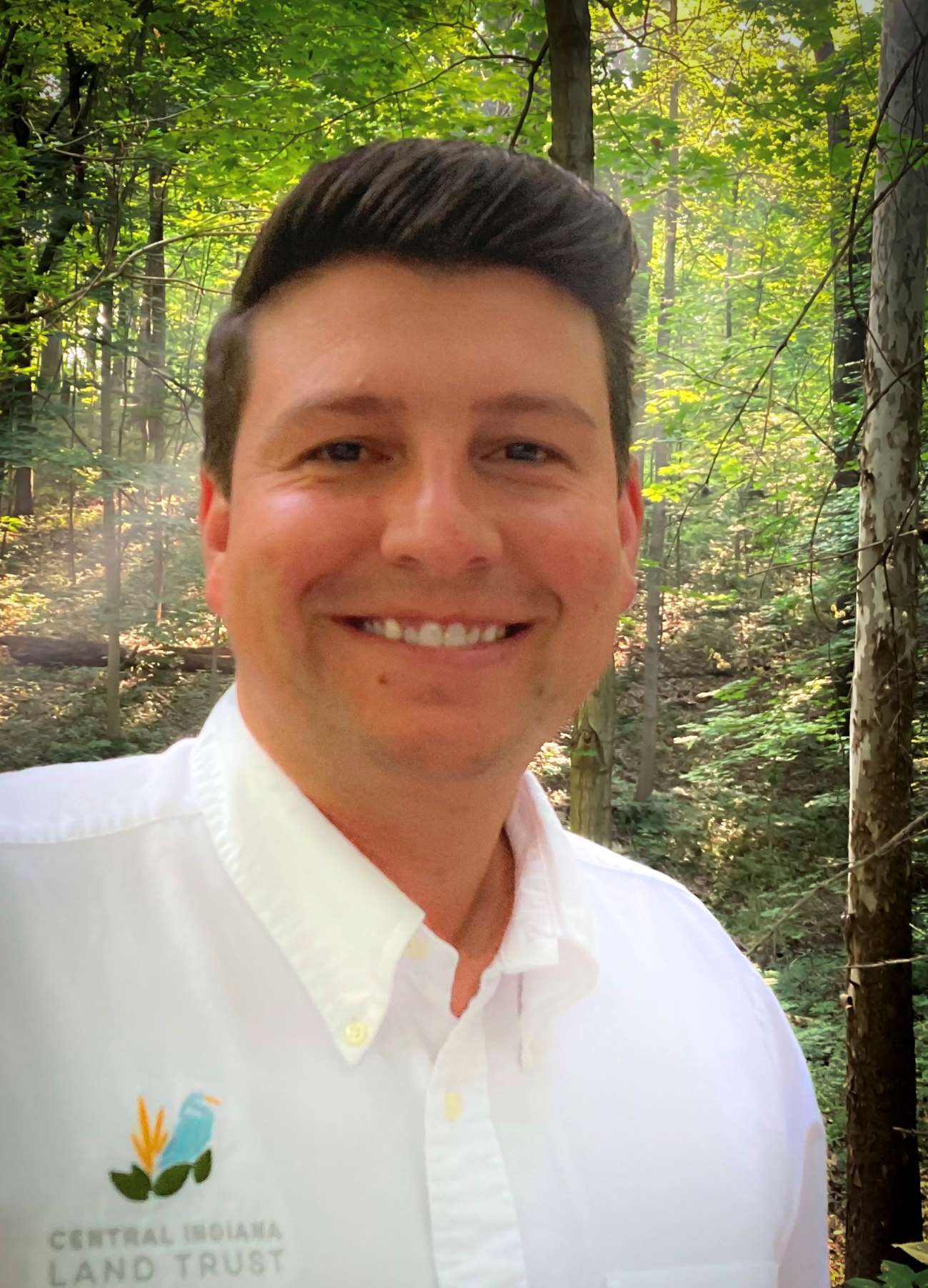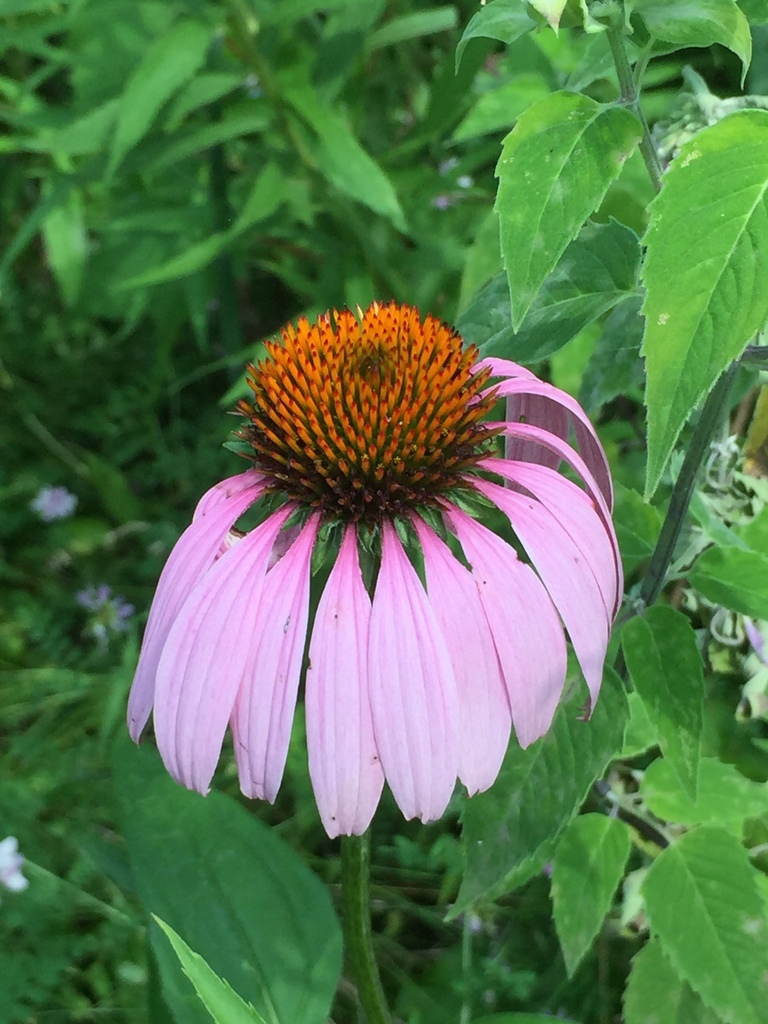Third in a series on the Trek our Trails Challenge by guest blogger Ben Valentine
I drove up to Nonie Werbe Krauss Nature Preserve with my son one early morning in a failed effort to avoid the heat. It’s late summer now, and wildflowers and pollinators are my new joy, as the migratory birds have largely moved north and stopped their mating melodies. Binoculars in our hands, we set off into this preserve for the first time, not knowing what we’d find. Continue reading


Ben Valentine
Guest blogger


